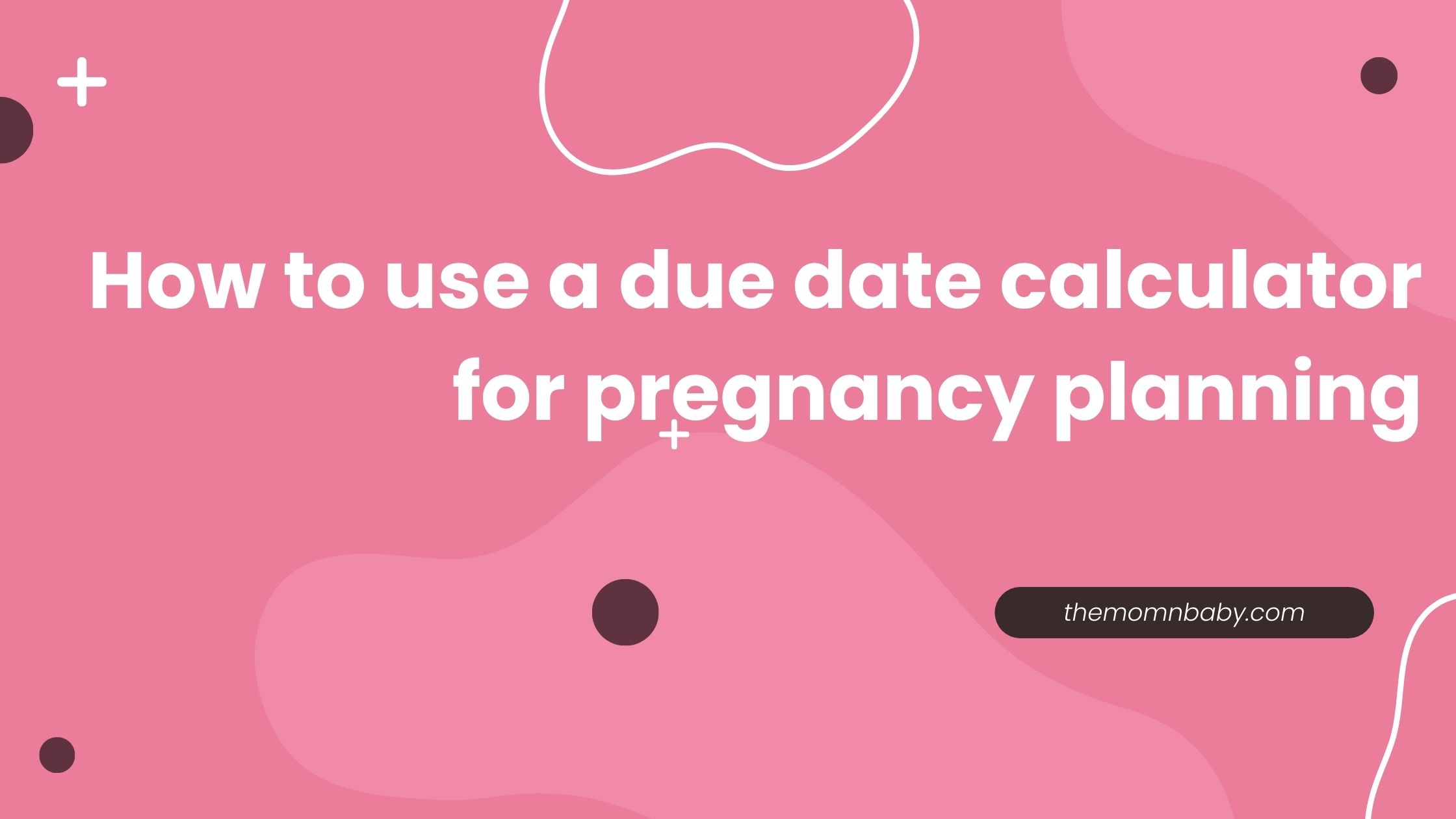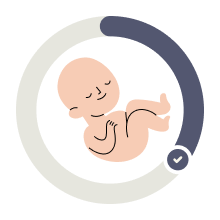Are you prepared? At 32 weeks of pregnancy, it may seem like the baby’s birth is still a long way off, but both you and the baby are making preparations in case of an early arrival.
You are likely working on completing some end-of-pregnancy tasks, such as notifying your health insurance of the upcoming arrival and figuring out the process of installing an infant car seat.
As mentioned in previous weeks , the baby is probably in the head-down position now, getting ready for their descent. With less room to move around, they may be feeling even more confined.
Pregnancy Week 32 Quick Facts
- At 32 weeks, you’re Eight months pregnant
- You have 8 weeks until your due time “Calculate Your Due Date”
- This is your third trimester
Your Unborn Baby’s Size at 32 Weeks
How Big is a Baby?
By 32 weeks, your baby is the size of a squash. The crown-rump length of a baby measures more than 11 1/2 inches, while the crown-heel length is approximately 16 1/4 inches. The estimated weight of the baby this week is more than 1,901 grams.
Pregnancy Symptoms Week 32
By 32 weeks of pregnancy, the size of the uterus can be measured as 30 to 34 centimeters from the top to the pelvic bone.
However, if you’re carrying twins, your belly may be even bigger and you might feel more pressure as delivery approaches.
Twin pregnancies are typically considered full term at 37 weeks, so you may be getting closer to meeting your little ones soon.
- How can you tell if a baby is head down after 30 weeks?
The baby will shift from “carrying high” to “carrying low” between week 32 and 34, resulting in a shift from “carrying high” to “carrying low”. However, this may not happen until the mother is already in labor, as it’s not a certain occurrence.
- Movement Changes
As your pregnancy progresses, your baby’s movements may change. As they grow larger, they have less space to move around in your uterus, so their once strong kicks may become softer wiggles, squirms, Knicks, or nudges. The important thing is to feel movement, regardless of its type.
- Heartburn
While some pregnant people may not experience heartburn during pregnancy, it can still occur in the third trimester even if it hasn’t before. Hormones that slow digestion and the increased pressure on your stomach from your growing uterus can exacerbate heartburn symptoms. Around 22% of pregnancies experience heartburn in the first trimester, 39% in the second, and up to 72% in the third.
Prenatal Tests and Doctor’s Appointments
Most obstetricians prefer to see their patients for a 32-week pregnancy checkup, usually every other week at this stage. An ultrasound at 32 weeks is usually not necessary.
In some cases, additional monitoring may be recommended for women carrying twins, starting from week 30.
With the due date quickly approaching, the excitement of meeting your little one (or ones) is just around the corner!
Most babies are born head first, accounting for around 97% of births. As the due date approaches, babies tend to turn upside down in the uterus in preparation for delivery. At 32 weeks, the majority of babies, around 85%, are positioned head-down.
However, if your baby hasn’t turned yet?
There’s no need to worry as some babies may take longer to do so. It can take up to 37 weeks for the majority of babies to turn into position. Your healthcare provider will keep monitoring your baby’s position during every prenatal visit.
It’s probable that you’ll continue with a biweekly visit schedule until you hit the 36-week mark. After that, your healthcare provider will probably request to see you every week until you give birth. Your following regular prenatal appointment will probably occur around 34 weeks.
Between weeks 36 and 38, a screening for a type of bacteria called group B strep (GBS) is advised.
Special Considerations
If you have a high-risk pregnancy, are carrying multiple babies, or if your healthcare provider wants to ensure your baby’s well-being, you may be recommended to undergo extra tests starting at the 32nd week of pregnancy.
Fetal Non-Stress Test
The fetal non-stress test (NST) uses an external fetal monitor to observe the baby’s heart rate as they move. A reactive test with two or more increases in heart rate in 20 to 40 minutes is a good sign, while an unresponsive or declining heart rate may require further testing.
Biophysical Profile
The biophysical profile (BPP) is a painless test offered after 32 weeks to check amniotic fluid levels, muscle tone, movement, and heart rate. A “modified biophysical profile” may also be used, combining the non-stress test with amniotic fluid measurement. Based on the test results, the provider will determine if early delivery is necessary.
Contraction Stress Test
The contraction stress test is a monitoring procedure that checks how well the baby responds to contractions. The test helps the provider determine if the baby will receive sufficient oxygen during labor based on their response to contractions.
Doppler of Umbilical Artery
The umbilical artery Doppler is an ultrasound that checks the blood flow from the placenta to the baby through the umbilical cord, which supplies oxygen and nutrients to the baby. Any abnormalities in blood flow can indicate possible problems with fetal growth or the pregnancy itself.
Developmental Milestones
Are babies fully developed at 32 weeks?
As you approach the end of your pregnancy at 32 weeks, your baby is almost fully developed. At this stage, the major developmental milestones have been achieved, including the practice of breathing. The remaining crucial task for your baby is to gain weight. However, if your baby is born at 32 weeks, they would still weigh around 4 pounds, which is classified as a low birth weight.
Survival Outside the Womb
When babies reach 32 weeks, they move from the “very preterm” to the “moderate preterm” category, which is a small milestone. At this point, their lungs are still developing and require a few more weeks to reach maturity. Apart from that, they are in the final stage of development. Nevertheless, if a baby is born at 32 weeks, they will still require specialized care in a NICU or special care nursery for a few weeks. Nonetheless, the survival rate for babies born at this stage is high, at 99%.





